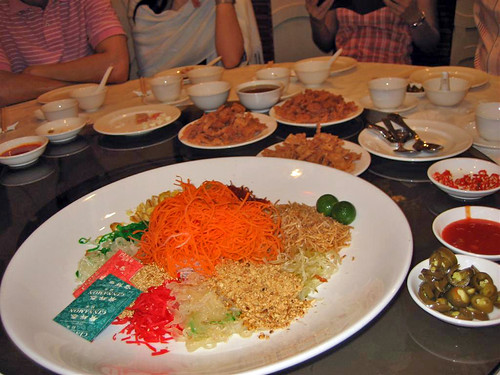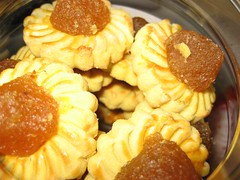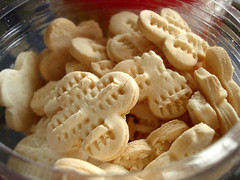Chinese the world over celebrate Chinese New Year. Life comes to a grinding halt as people make their way back home to spend time with family and friends. Two of the most recognizable symbols of the new year are mandarin oranges and red packets.
The mandarin oranges are given to family and friends as a sign of good fortune. In Cantonese, the humble mandarin orange is known as “kum” which sounds just like the word for gold. So in essence, we’re giving wealth when we give the fruit.
And the red packets are what children look forward to. They receive them from their elders. Inside each packet is money, usually in even denominations. Tradition says that elders and married couples should give red packets to singles, no matter their age, which often leads to the question of “When are you getting married?” when giving out the hong pow or ang pao as they are also called.
In Southeast Asia, unique foods not eaten elsewhere are part of the celebrations. There are pineapple tarts with more pineapple than tart and coconut biscuits called kueh bangkit that melt in your mouth. In Malaysia and Singapore, the most famous dish is Yu Sheng. It’s a colorful salad made of paper-thin slices of raw fish, finely grated cucumbers, carrots and other crunchy veggies, then garnished with candied melon and topped with crackers, red and white pickled ginger, pomelo sacs, sesame seeds, jellyfish and peanuts. All this is drizzled with a sweet plum sauce.
The family stands around the Yu Sheng and with chopsticks, start to toss the ingredients as high as they can, calling out their wishes for the new year as they do so. It’s messy. It’s fun. It’s delicious. It’s too bad we get to play with our food only once a year.




